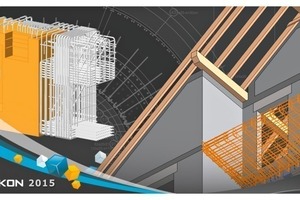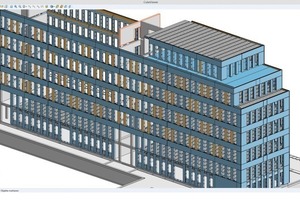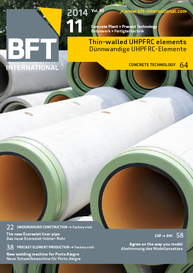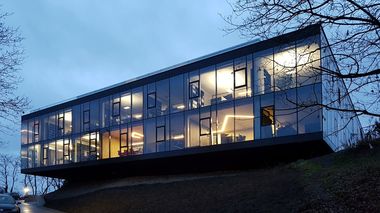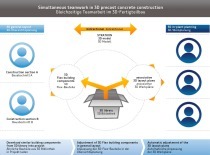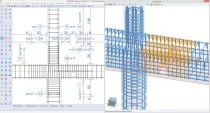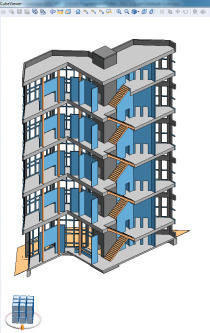Continuing trend toward consistent BIM planning
Building Information Modeling (BIM) gets more and more important in structural engineering, in particular, as far as internationally operating companies or offices are concerned. Several reasons already clearly indicate the trend prevailing in structural engineering from 2D CAD planning to 3D project management. Larger companies no longer want to split their projects among different specialist departments for being planned separately. Instead, they are aiming at close interdisciplinary design sharing 3D models with the aid of the BIM working method. However, this does not mean that different disciplines are working together at one CAD/BIM model. In cooperative BIM planning, on the contrary, individual models are synchronized each containing information on a certain discipline such as architecture, building services or structural engineering. This working method can be very efficient, time-saving and can minimize errors, in particular, when it comes to adjustments.
Further reasons for the change from 2D to 3D planning are grown demands and expectations: The presentation of the project to the client or in construction meetings, the costing and billing of a project, the erection, management and demolition of building structures – all this presupposes 3D models including detailed object properties and characteristics. This may be basic data which are automatically determined from the 3D geometry, such as volumes, material, weight, reinforcement content or manufacturer information, but also cost data as well as relevant information for the production, assembly and construction. Even data relating to statics or the future use and much more may be included in these objects of the building structure.
Increased trend toward 3D planning disclosed by customer survey
But how often is BIM actually used in formwork and reinforcement planning nowadays? A recent survey carried out among the customers of Dicad Systeme GmbH, who are using Strakon, unveiled the following facts: 73 % of the structural engineers involved in civil engineering and precast concrete construction will use 3D for planning their projects in future. At the end of 2013, only 36 % of the offices and precast concrete plants stated that they were planning three-dimensionally. In practice this means that formwork and reinforcement drawings are mainly created in 2D at present, although the proportion of 3D planners amounting to one third is quite high already. In future, 3D planning will gain even more importance, thus not being too far away from a consistent BIM planning. Therefore, it might only be a matter of time, when BIM will actually become standard in formwork and reinforcement planning.
Text: Mike Richter

